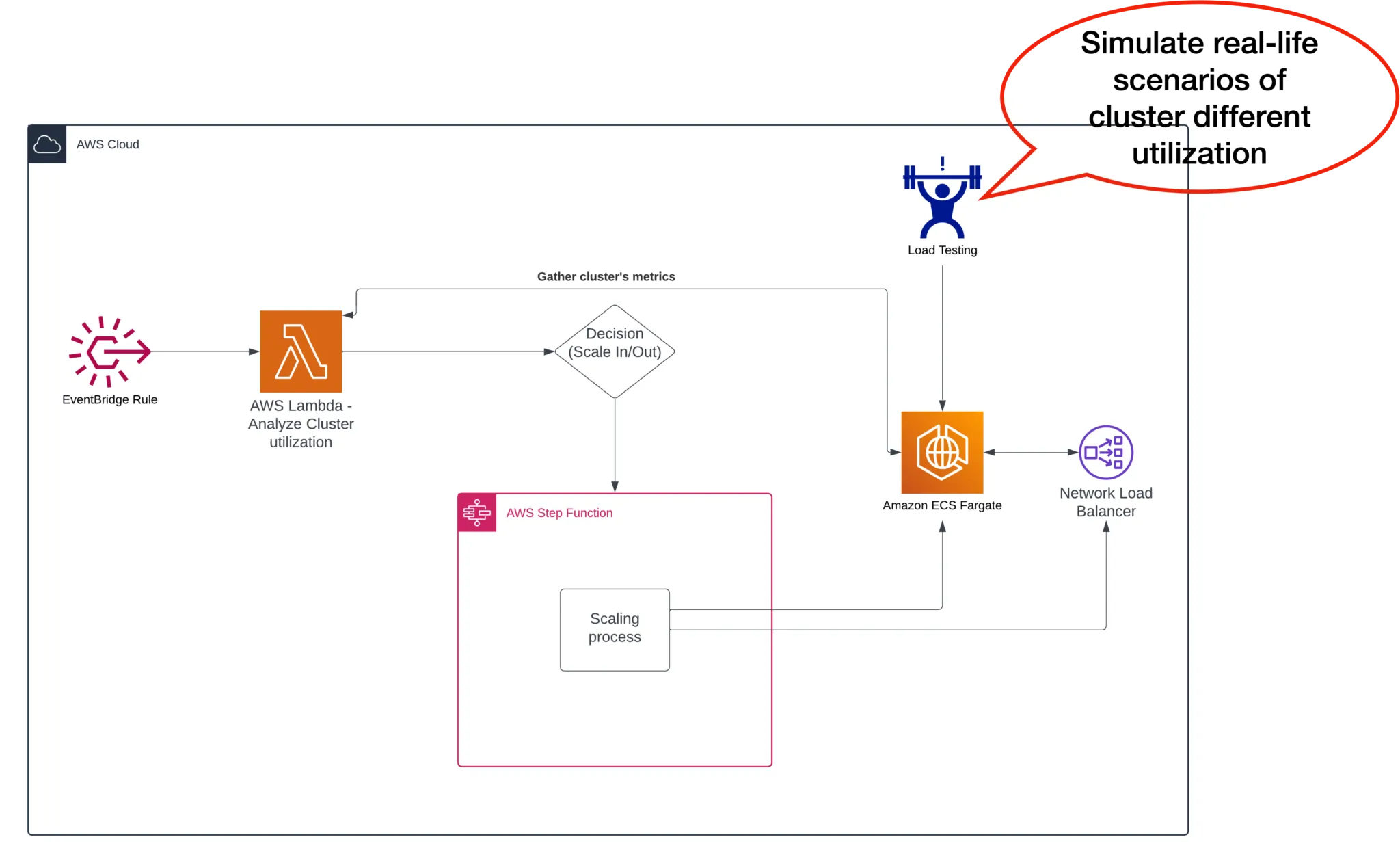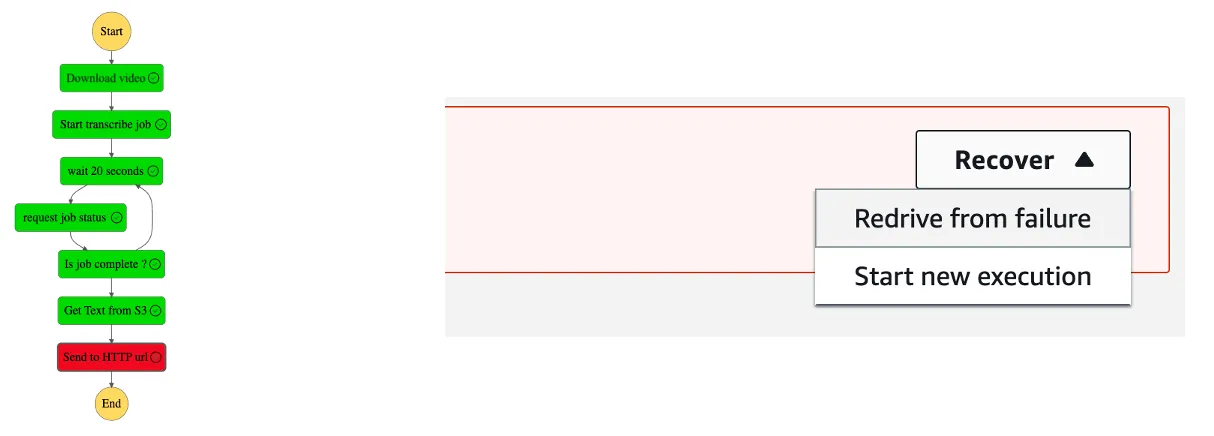Autoscaling solution for Amazon ECS Cluster
Explore autoscaling solution for Amazon ECS, unveiling strategies and best practices for seamless cluster adaptation to varying workloads.
What is challenging when it comes to autoscaling?
ECS Fargate cluster under the hood
So… how to autoscale this beast?
Let’s collect requirements for autoscaling solution
Collecting information (metrics) about sessions that are active in specific task
AWS Step Functions as an autoscaling executor
Assignment of infrastructure elements to test types
Unit tests of the Lambda function
Integration tests of the autoscaling infrastructure
E2E tests of the autoscaling infrastructure
CI/CD and the autoscaling solution



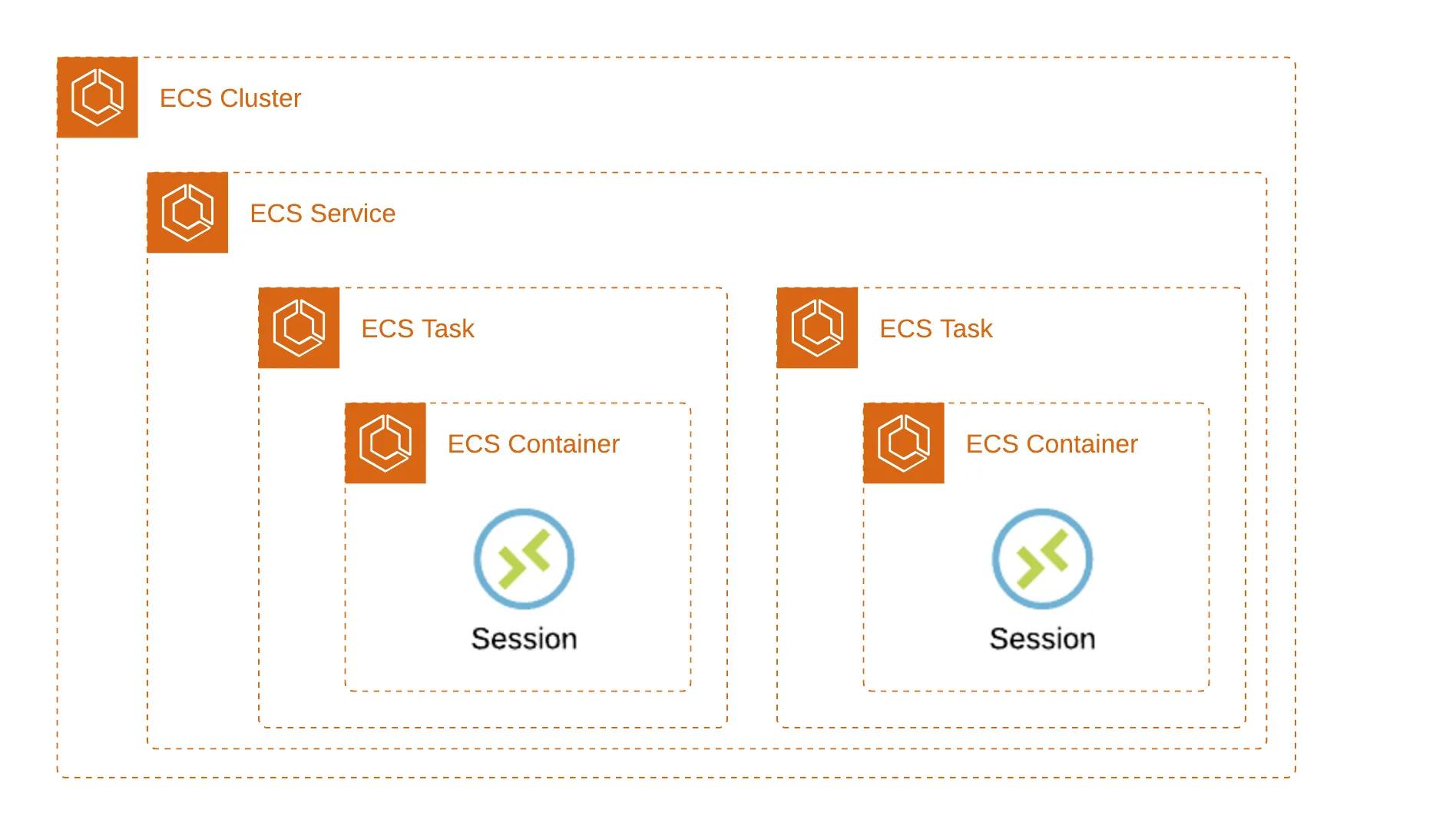

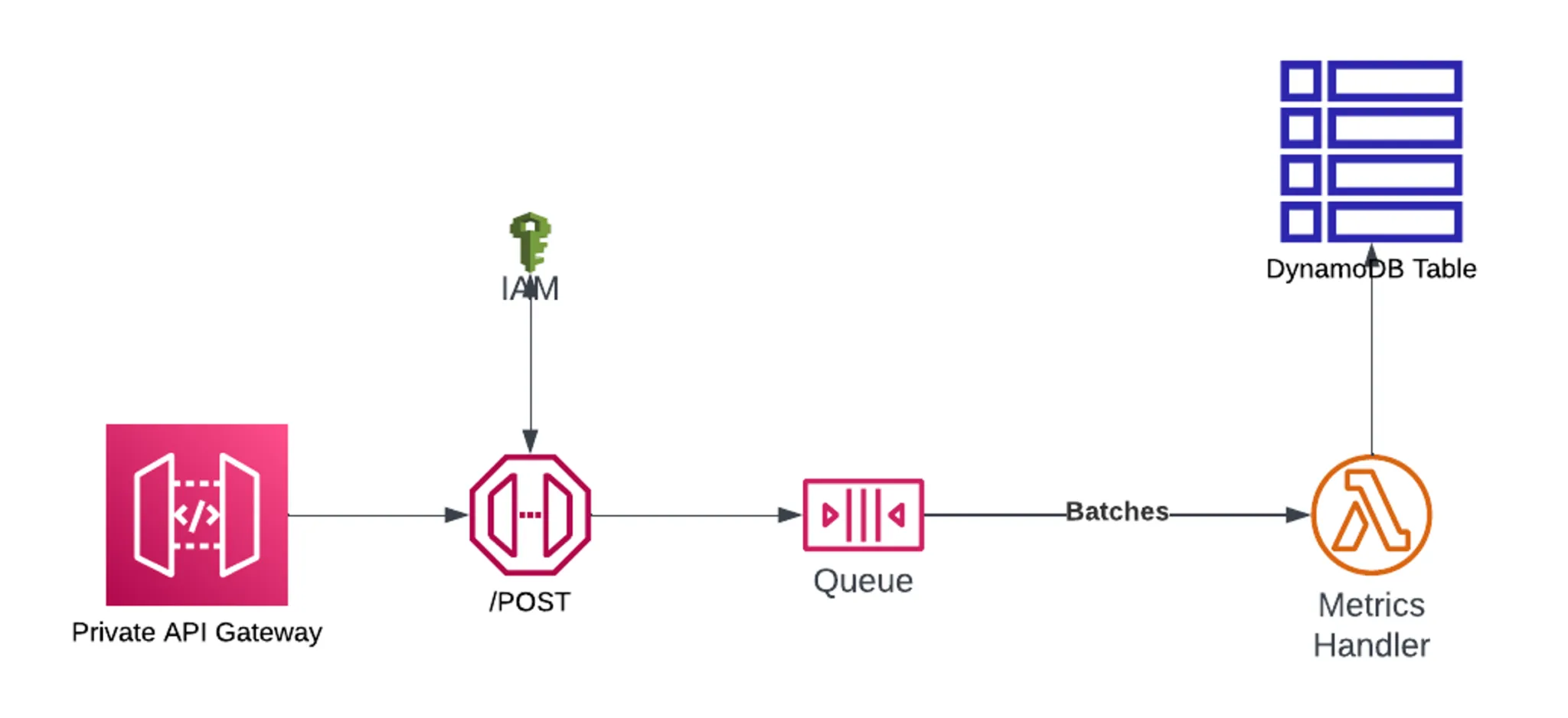


- Deregister specific Task from Load balancer’s targets,
- Wait for it to be deregistered from the Load balancer,
- Stop this task in the ECS’s Service,
- Remove it from the ECS’s Service.

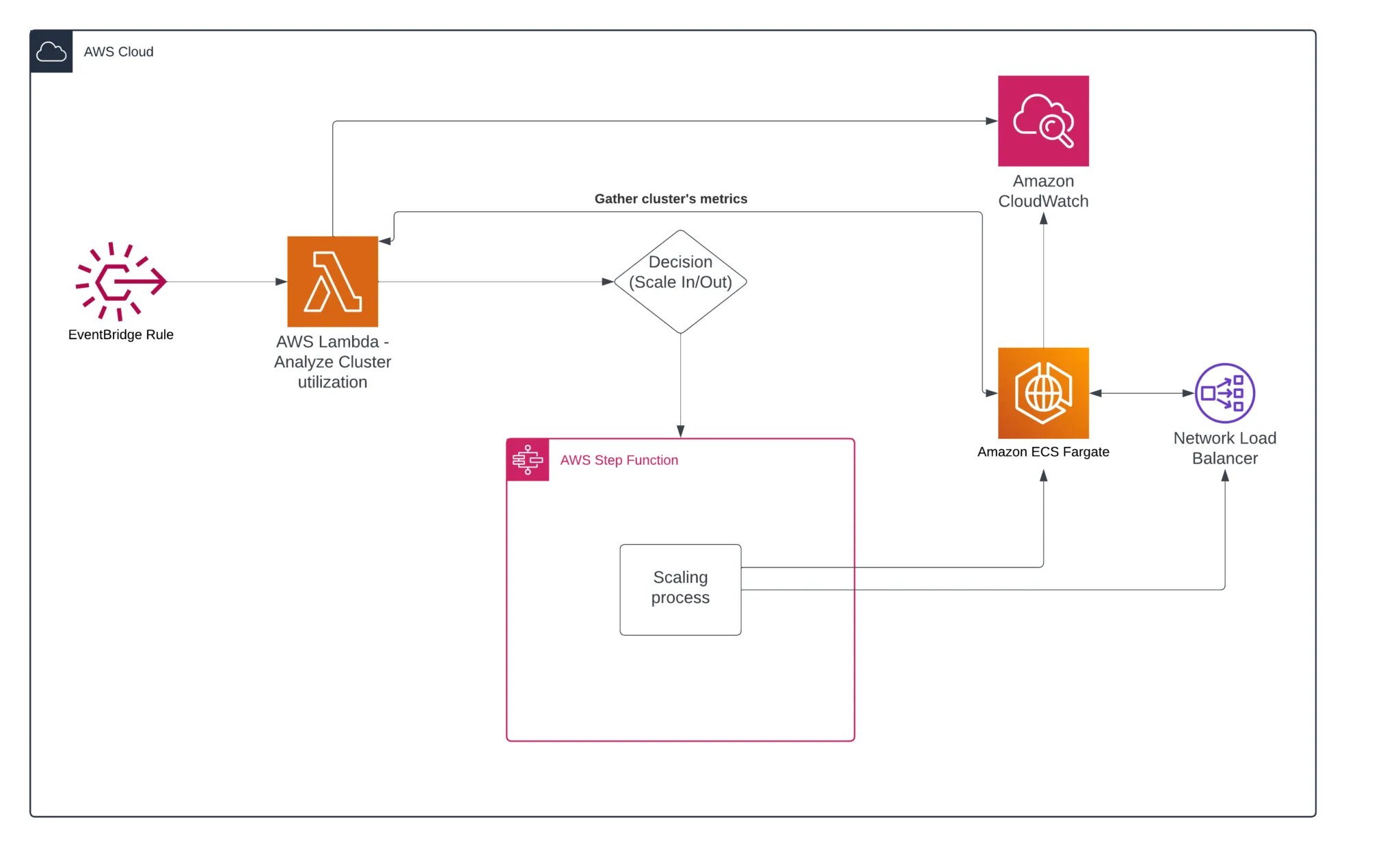
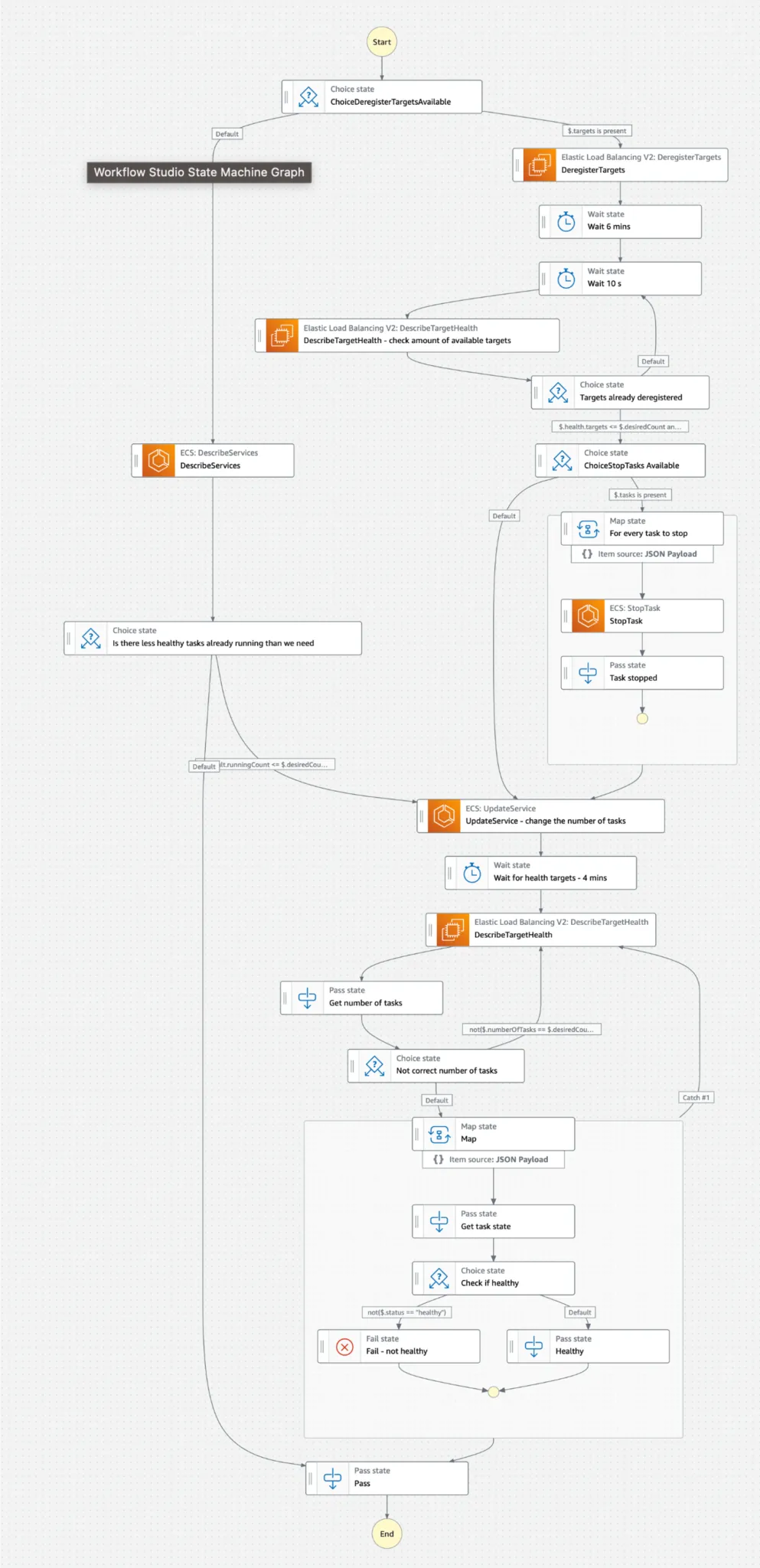

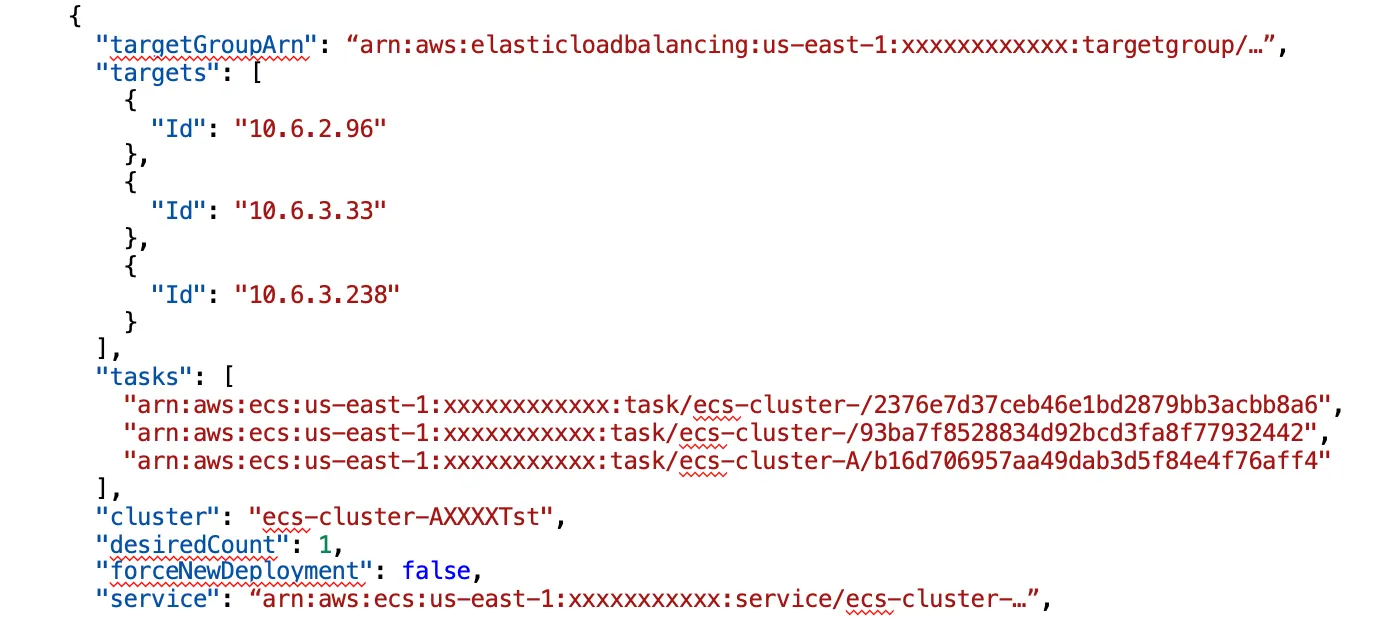
Everything Fails All the Time
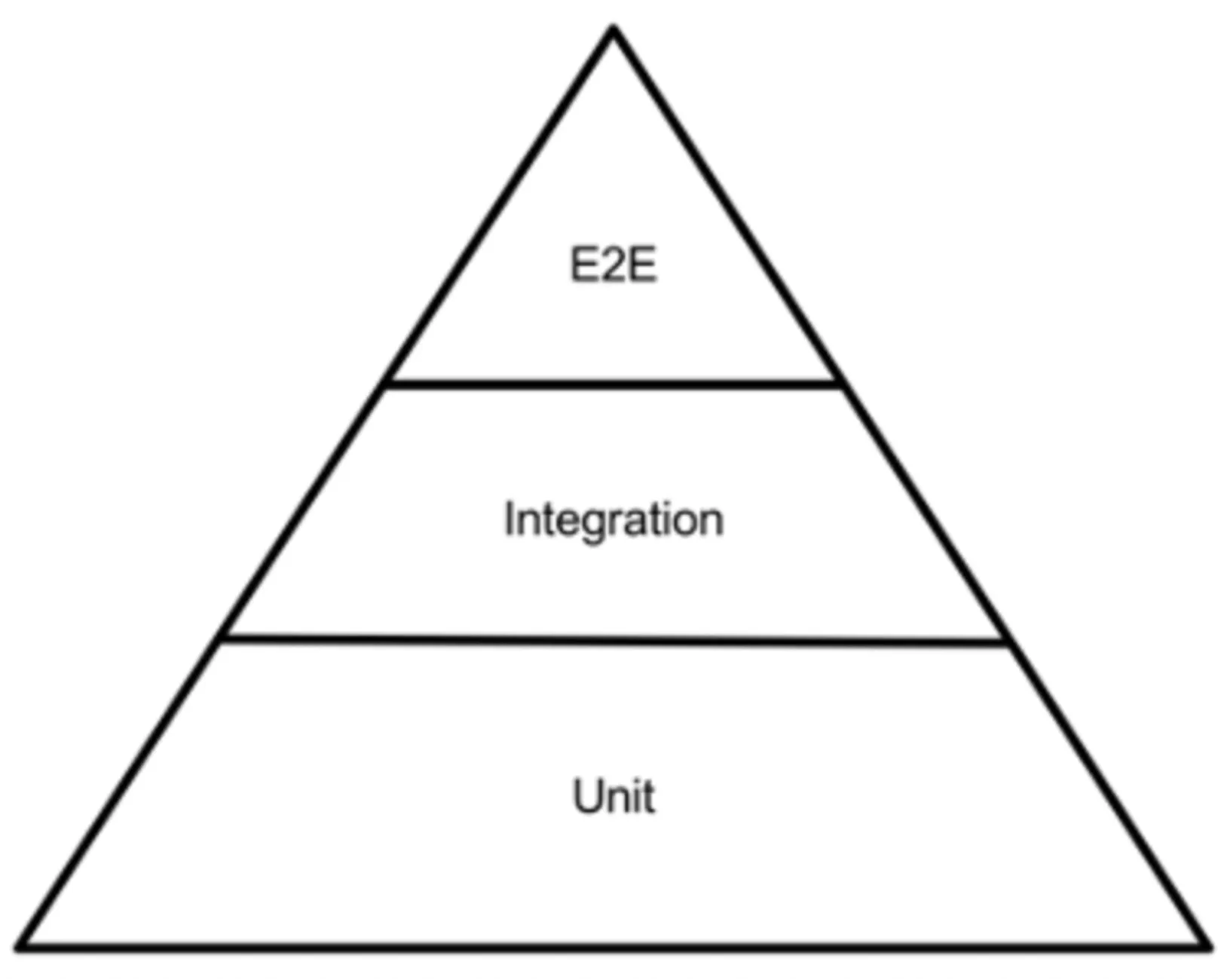
- Unit tests, focusing on testing the smallest possible fragments of software (especially in terms of code) in simulated conditions,
- Integration tests, focusing on checking the behaviour of individual infrastructure elements correlating between themselves,
- E2E tests that check the behaviour of the entire service in conditions that are the most similar to real life.
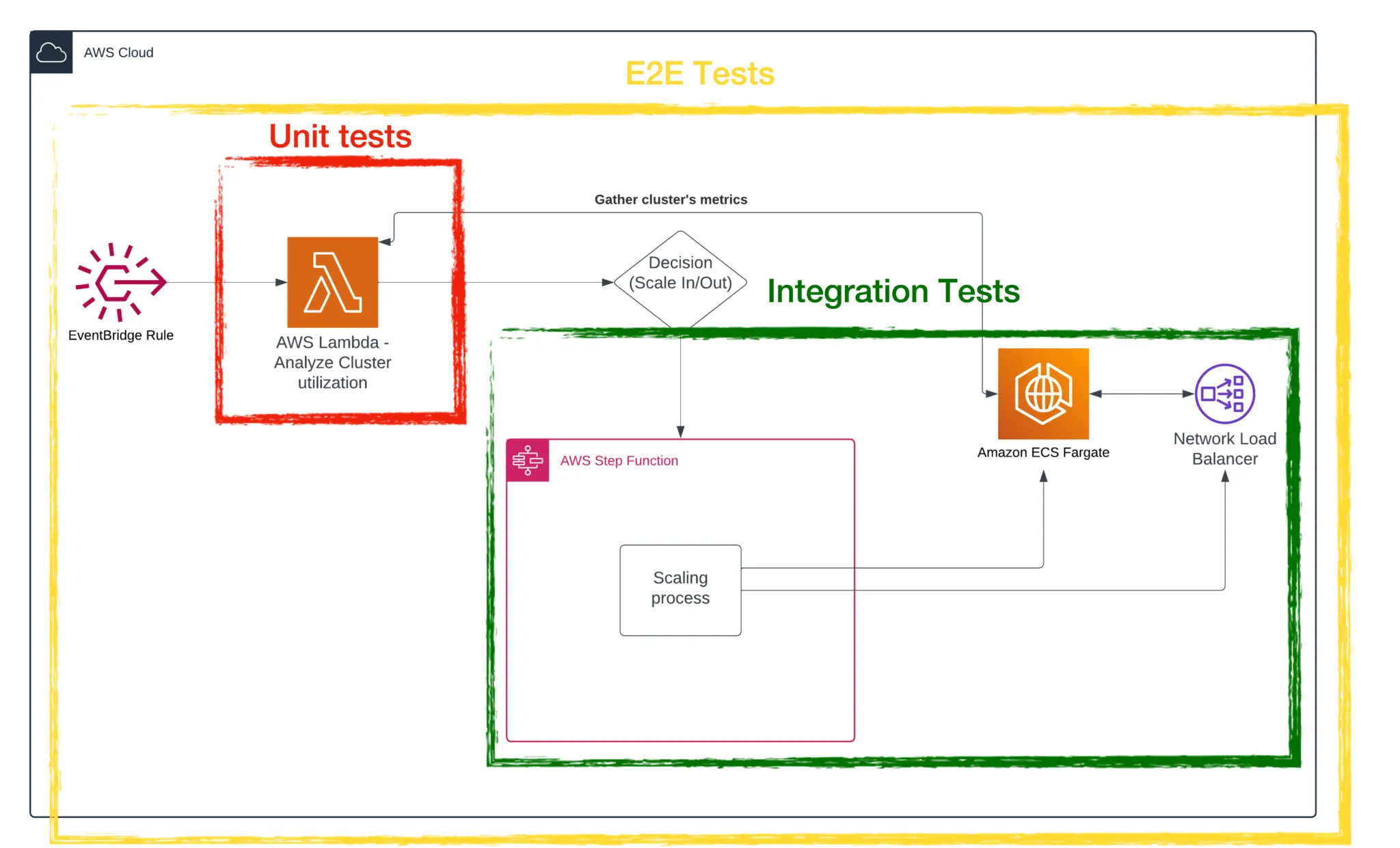
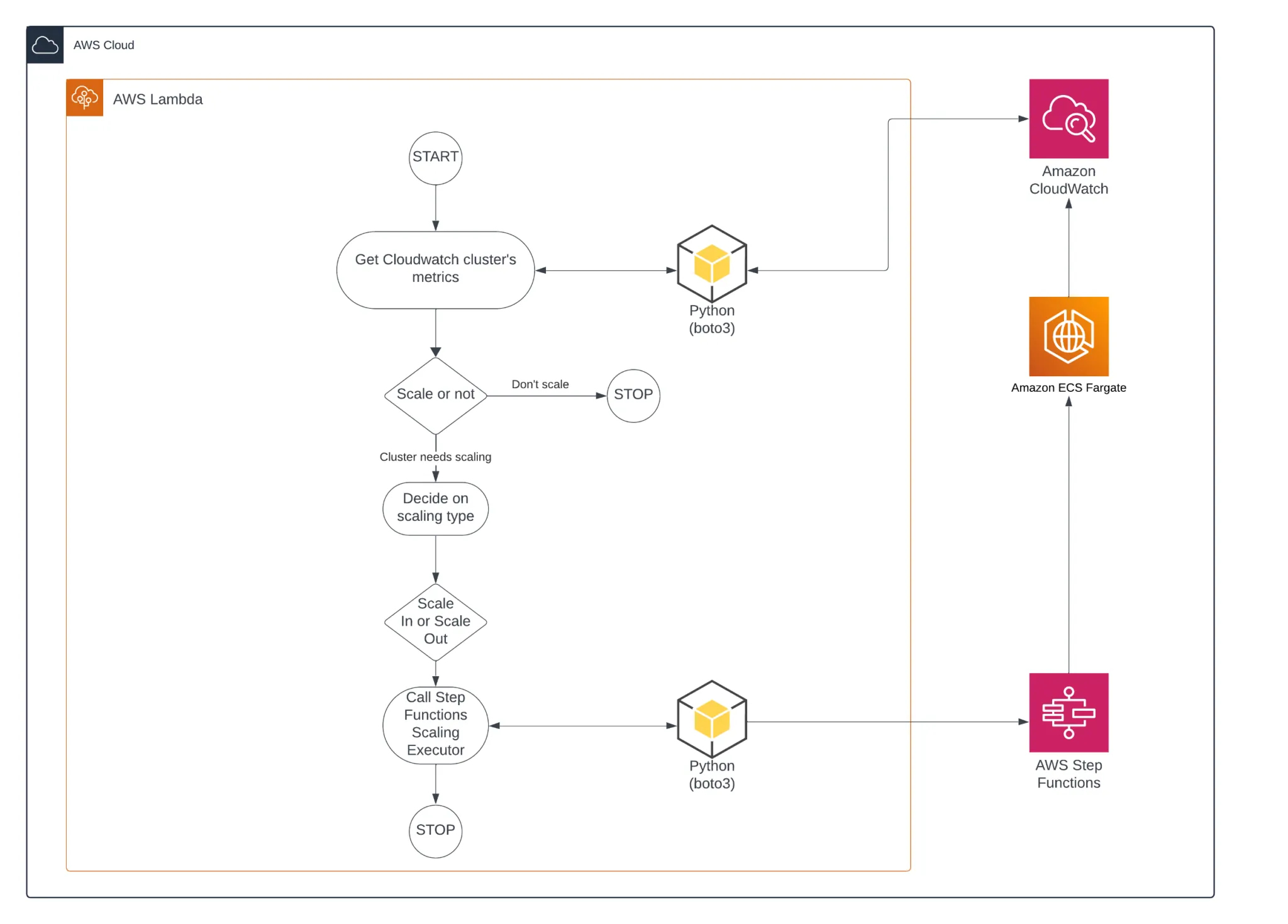
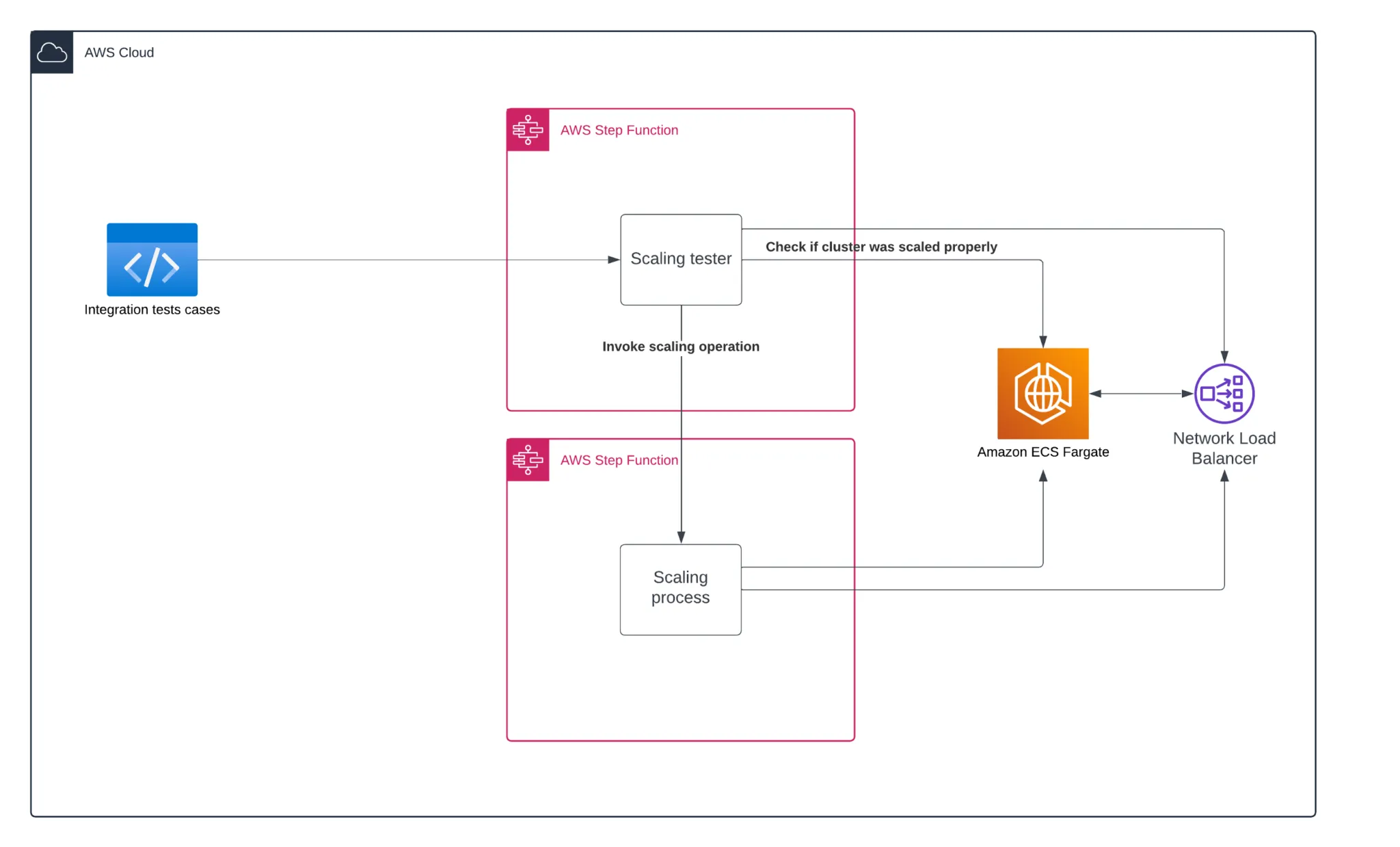
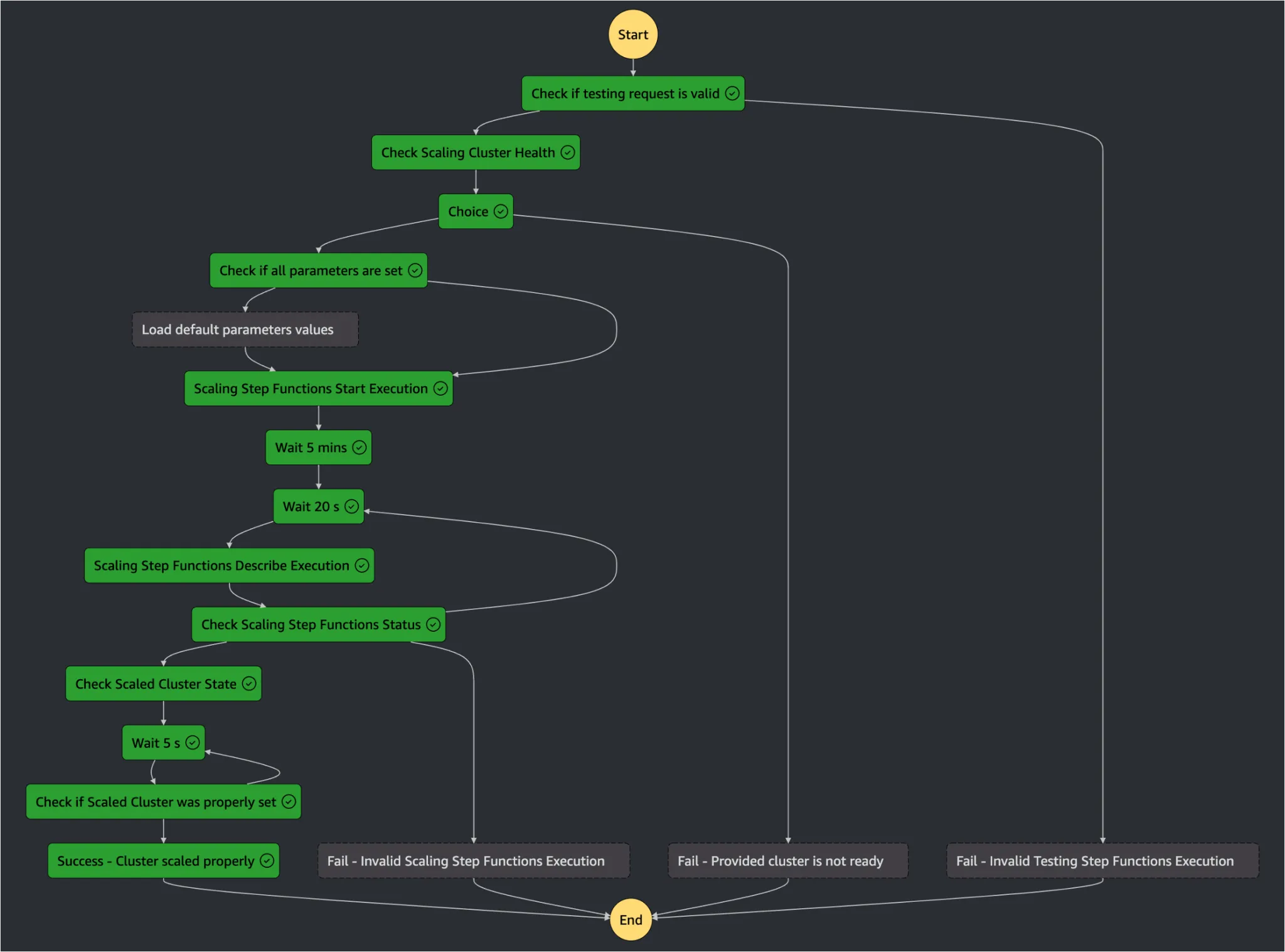
- Disabling the cluster state analyzer,
- Preparing the cluster, launching the appropriate number of tasks,
- Creating a test scenario (e.g. scale the cluster down to 1 task),
- Sending the scenario to Testing Step Function, which tests the cluster’s behavior,
- Waiting for the result.
